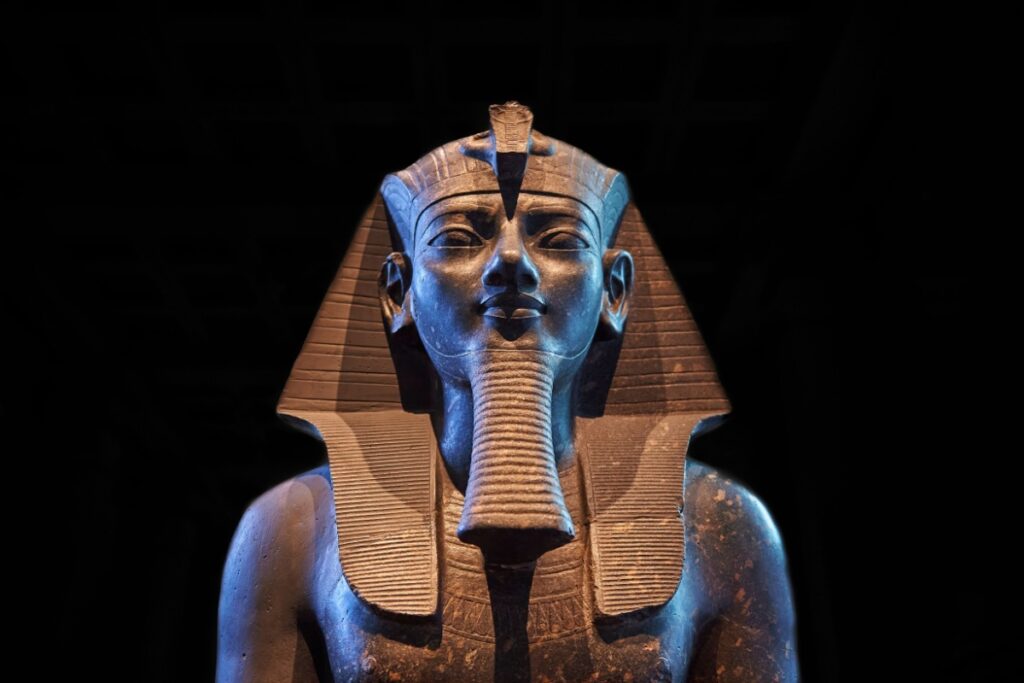After more than 20 years of careful restoration, the tomb of Amenhotep III, located in the Luxor region of Egypt, was officially reopened to the public on October 4, 2025. The site, designated tomb WV22 (also referred to as KV22) in the West Valley of the Kings, has long been the focus of conservation efforts to stabilize walls, treat damaged artwork, and manage environmental stresses.
Restoration Campaign and Structural Work
The restoration was led by a Japanese-led, three-phase program in coordination with Egypt’s Supreme Council of Antiquities, local agencies, and international conservation specialists. Over the course of the project, teams reinforced structural elements, introduced climate-control systems, and consolidated deteriorating pigments. Advanced imaging and scanning technologies permitted the documentation of previously obscured ornamentation, hieroglyphics, and subsurface features. The work also involved the installation of visitor buffers, antechambers, and monitoring sensors to track microclimatic fluctuations, vibrations, and humidity.
Features, Decoration, and Archaeological Insights
Tomb WV22 is distinguished by its layout: a 36-metre (118-foot) long downward passage, descending about 14 metres (45 feet) into the bedrock, culminating in a principal chamber and two subsidiary chambers for Queens Tiye and Sitamun. Unlike many richly ornamented royal tombs, this tomb was never fully decorated with continuous wall paintings. It nonetheless contains vivid scenes featuring Amenhotep III in the company of gods, along with inscriptions from passages of the Book of the Dead, intended to guide the deceased through the underworld.
During restoration, conservators uncovered subtle carvings, faint pigment remnants, and enhanced details in areas previously degraded by dust, moisture, or structural stress. Hieroglyphic texts, partially hidden until now, have been revealed and photographed in high resolution, offering scholars fresh data on royal funerary ideology and stylistic trends during the late 18th Dynasty (c. 1390–1350 B.C.).
The tomb was first documented in 1799 by Prosper Jollois and Édouard de Villiers du Terrage during Napoleon’s Egyptian expedition; over the years its interior and surface features were extensively looted or damaged, including the absence of the sarcophagus, whose lid and box frame remain as remnants. Excavation and conservation have been ongoing since 1989 under Japanese teams associated with Waseda University, with significant contributions by Sakuji Yoshimura and Jiro Kondo.
Public Access, Visitor Protocols, and Interpretive Strategy
With its reopening, the site now admits visitors under strict controls aimed at safeguarding its fragile interior. Daily visitor numbers are limited, and entry is regulated through buffer zones that mitigate abrupt temperature or humidity changes. Antechambers serve as staging areas to moderate the transition from exterior to interior environments. Real-time monitoring devices track structural responses, air chemistry, and microclimates to allow staff to intervene promptly.
Guided tours accompanied by educational materials are available to contextualize the reign of Amenhotep III, his architectural patronage, and the artistic themes of the tomb. In parallel, select artifacts or replicas may be displayed in adjacent museums to reduce in-situ pressure on the tomb itself. Authorities also emphasize that rotation of exhibits and visitor routing will adapt over time in response to emerging conservation data.
Strategic Implications for Heritage and Tourism
The timing of the reopening is significant: it precedes the inauguration of the Grand Egyptian Museum, scheduled for November 1, 2025, near the Giza Plateau. Egypt’s leadership views this and similar restoration achievements as central to reviving the country’s cultural tourism sector, which has experienced downturns following political unrest after 2011.
By offering renewed access to restored royal tombs, Egypt signals its capacity to steward its archaeological heritage responsibly while attracting scholarly attention and tourist interest. The reopening of Tomb WV22 may serve as a model for future conservation projects across the Valley of the Kings and other necropolises, highlighting sustainable management of visitor impact, technological monitoring, and international collaboration.


